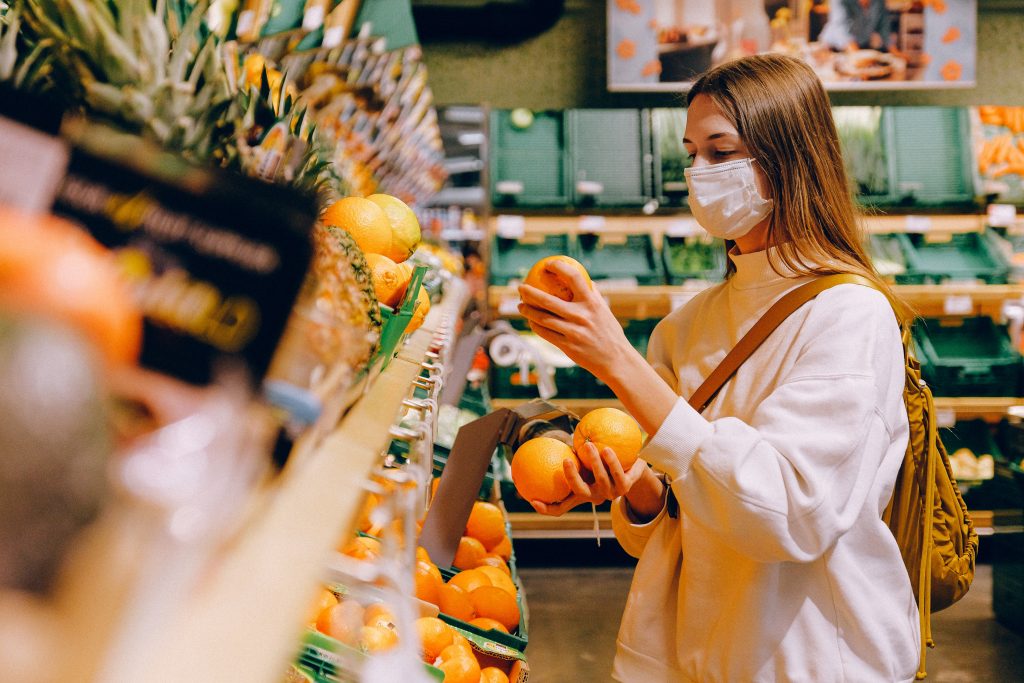Time to take stock
Supermarkets fared relatively well (vs other consumer sectors) through the turmoil of recent months. But it has not been easy. Lockdown changed where and how we shop, and the world of grocery has been navigating its response to unprecedented shifts in demand and behaviour.
With the easing of restrictions, retailer strategy now hinges on a future which is hard to predict. We take a look at key trends in shopper behaviours to help unpick the longer-term implications for the sector.
The one-stop shop
One of the biggest immediate changes to shopping behaviour was the shift to big weekly shops. We made 100m fewer visits to supermarkets in May compared to last year, with average basket values soaring nearly 50%. Getting out to the supermarket became an event, one which also offered the excitements of contraband non-essential shopping for clothing and homeware.
The future: Despite recognising the benefits of ‘shopping like mum did’, we are quickly reverting to old habits of frequent top-ups from smaller convenience formats. To maintain their appeal, larger stores must do more. This may be through rolling out convenient scan-and-go solutions or becoming a multi-purpose destination for more than just grocery. Sainsbury’s and Tesco are already far down this path, using excess space to include restaurant, clothing and service concessions.
Shopping local
It wasn’t all big trips to the big four, however. Interestingly, independents and franchise stores grew their market share by 40% in the 12 weeks to 19th April as people sought to avoid crowds and stay close to home. Many proved their important role in the community, launching themselves into home deliver to meet the unserved needs of those isolating and offering ongoing services while banks and post offices implemented reduced hours.
The future: For independents, the key to maintaining gains made during the crisis is to build upon their position as a community stalwart. By adding local produce and building personal relationships, they can differentiate from the growing number of supermarket convenience stores.

The online conversion
Demand for online grocery shopping went through the roof during lockdown. The crisis created new converts. According to Kantar, online grocery spend among over-65s has increased by 94% year-on-year. Supermarkets did their best to meet the surge in demand; Tesco doubled its slots capacity and Aldi teamed up with Deliveroo.
The future: It is predicted that the switch to online is likely to endure. Sainsbury’s CEO, Mike Coupe said: “When people get into the habit of ordering their groceries online it’s likely to be sticky”. This shift may bring a sting in the tail for the industry. The online channel is notoriously difficult to make profitable, something illustrated by Sainsbury’s, who warned that annual profits would stagnate despite a 10.5% increase in grocery sales, driven in part by increasing costs associated with online operations.
By understanding the drivers of shopping behaviour, businesses can navigate short term uncertainty to make decisions that build long term success. Get in touch if you would like to discuss how we can help future-proof your business.



